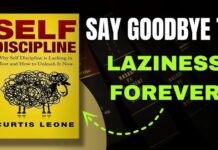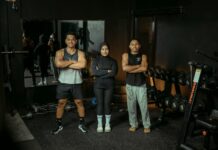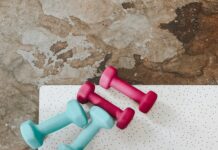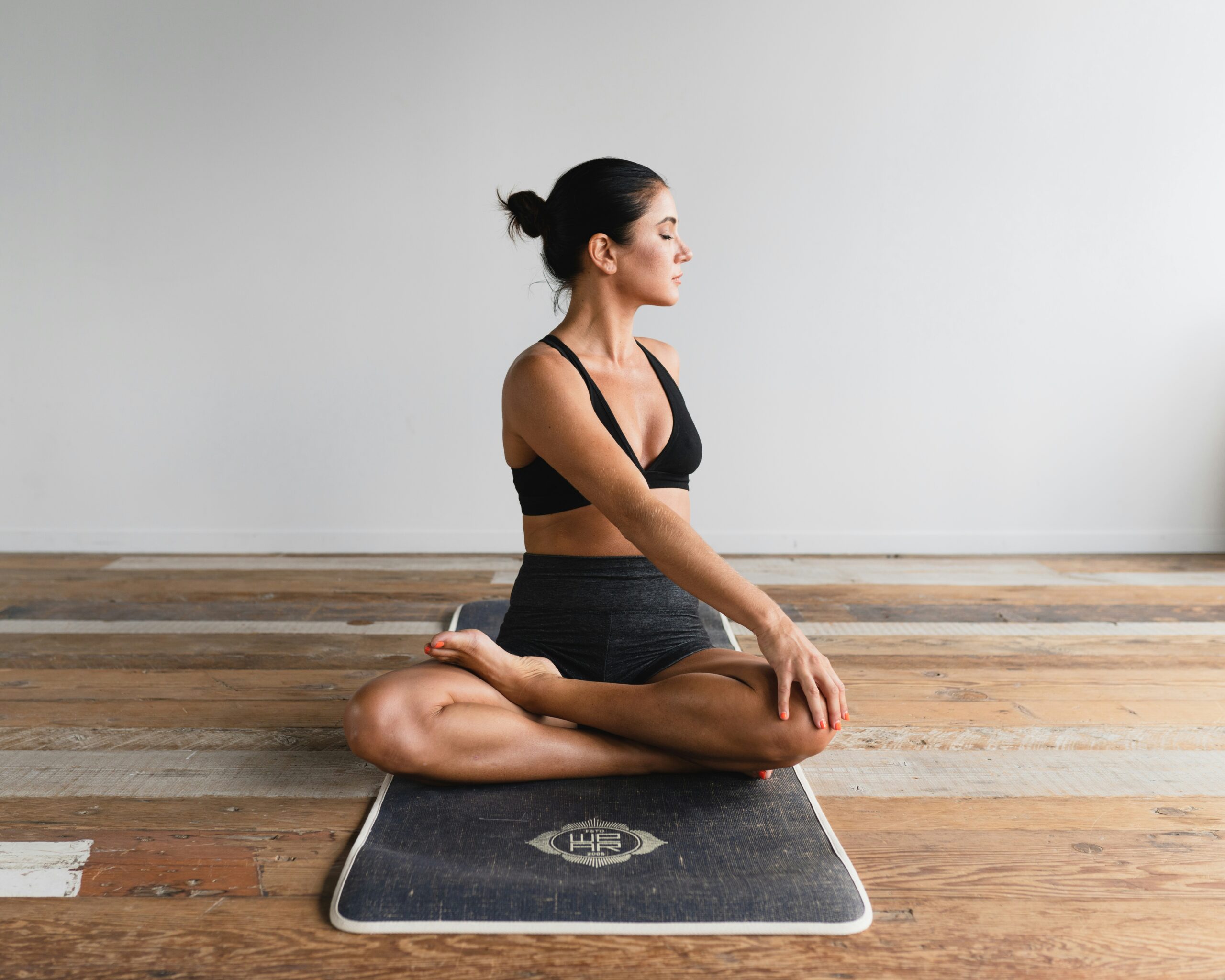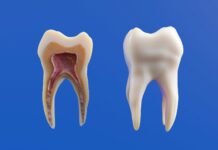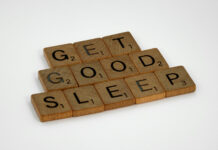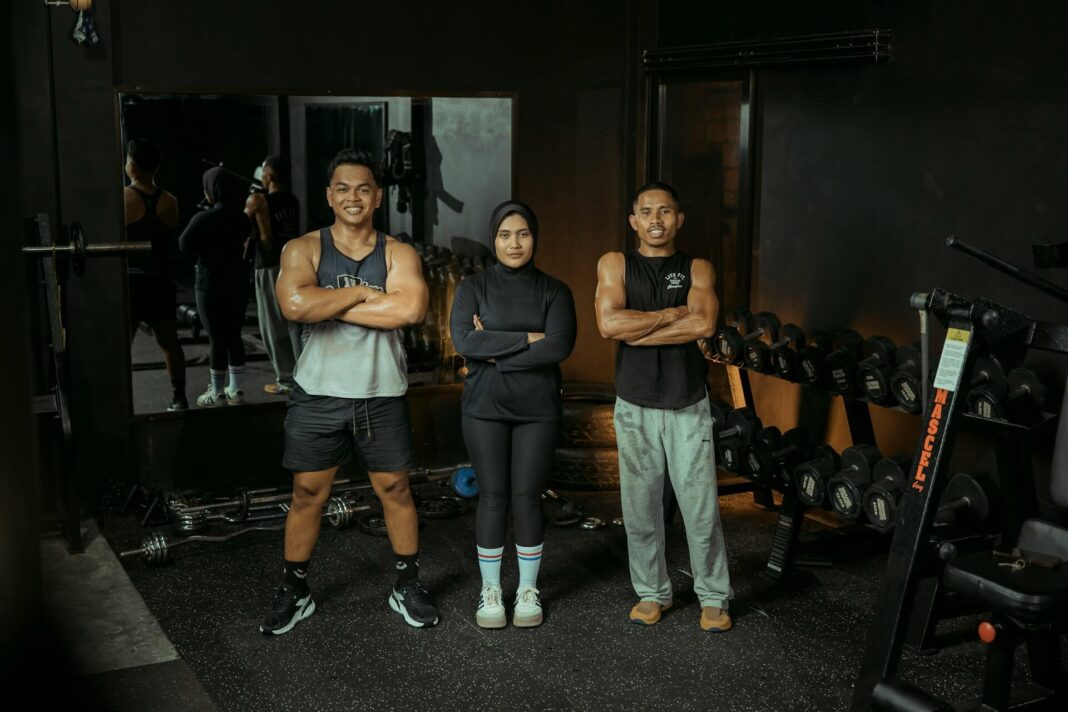Introduction
Getting started with fitness can feel overwhelming—where do you even begin? Between workout plans, diet advice, and fancy gym equipment, it’s easy to feel lost. But here’s the good news: you don’t need to be an expert or spend hours in the gym to get results. This guide breaks everything down so you can build strength, lose fat, and most importantly, stay consistent.
Understanding Fitness Basics
Fitness isn’t just about lifting heavy or running fast—it’s about creating a balanced body that performs well, feels strong, and stays healthy. The three main pillars are: Strength, Endurance, and Flexibility. When you train all three, you create a foundation for lifelong fitness.
Setting Realistic Fitness Goals
Ever heard “dream big but start small”? That’s exactly what fitness is about. Use the SMART goal framework: Specific (“I want to lose 5 pounds in 6 weeks”), Measurable (track your workouts and meals), Achievable (start with 3 workouts a week), Relevant (focus on your personal reasons), and Time-bound (set deadlines). Tracking your progress with notes, apps, or photos keeps you accountable and motivated.
Building Strength from Scratch

Strength training is your ticket to a toned, capable body. Start simple with bodyweight exercises like push-ups, squats, lunges, and planks. Add dumbbells or resistance bands for more challenge. Always focus on proper form to avoid injury and maximize gains. Begin light, then gradually increase resistance. Progress over perfection—always.
Losing Fat the Healthy Way
Forget quick fixes—lasting fat loss comes from consistent habits. Weight loss happens when you burn more calories than you consume. Eat high-protein meals to stay full, choose whole carbs like oats and brown rice, and include healthy fats from nuts, olive oil, and avocado. Crash diets work fast but fail long-term. Slow progress always wins.
Cardio Training for Beginners
Cardio strengthens your heart and burns calories. Two main types: HIIT (High-Intensity Interval Training)—short bursts for fast results—and steady-state cardio like jogging or cycling for endurance. Start with 20–30 minutes, 3 times weekly, and build up gradually.
Creating a Sustainable Workout Routine
Your workout plan should fit your lifestyle. Example:
Day 1: Full-body strength
Day 2: Cardio
Day 3: Rest
Day 4: Strength
Day 5: Cardio or flexibility
Day 6–7: Rest or light activity
Remember, rest days are essential for muscle recovery and growth.
Staying Consistent and Motivated
Motivation fades, but habits stick. Schedule workouts like appointments, join a fitness group, or find a workout partner. Celebrate small wins—each one brings you closer to your goal. Even 20 minutes counts. Consistency beats intensity every time.
Common Mistakes to Avoid
Avoid doing too much too soon; it causes burnout. Don’t skip recovery, because muscles rebuild during rest. And never compare your progress to others—your journey is your own. Listen to your body; it’s smarter than you think.
Fueling Your Fitness Journey
Hydration is vital—aim for 2–3 liters of water daily. As for supplements, keep it simple: protein powder if you struggle to meet your protein goal, creatine for muscle strength, and a multivitamin for overall health. Supplements complement your diet; they don’t replace it.
Tracking Progress Like a Pro
Don’t obsess over the scale. Track body measurements, progress photos, and workout performance. Apps like MyFitnessPal or Fitbod make it easier and more fun to monitor progress.
Rest and Recovery
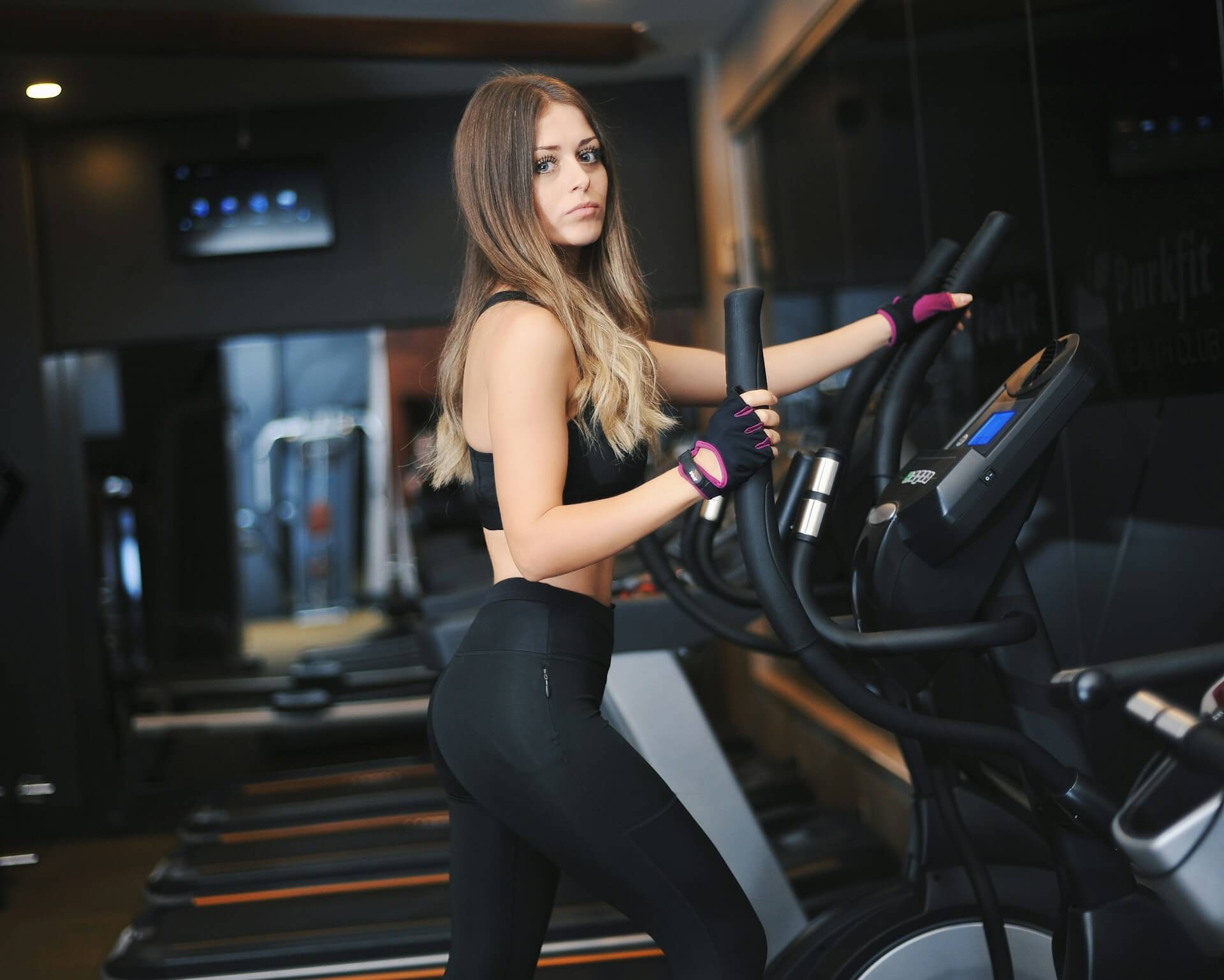
Muscles don’t grow while you train—they grow while you rest. Aim for 7–9 hours of sleep, stretch after workouts, and include active recovery days like yoga or walking. Good recovery keeps you injury-free and consistent.
Mindset and Mental Health
Fitness isn’t just physical—it’s mental therapy. Workouts clear your mind, reduce stress, and build confidence. Progress isn’t linear, but every effort counts. Stay patient, positive, and persistent.
Conclusion
Starting your fitness journey doesn’t have to be complicated. Build strength, eat healthy, and stay consistent. The secret isn’t in perfection—it’s in showing up. Over time, you’ll notice not only a stronger body but a stronger mind too. Keep moving forward, and your future self will thank you.
FAQs
1. How many days a week should beginners work out?
Start with 3–4 days and add more as your fitness improves.
2. Do I need a gym membership to get fit?
No! Bodyweight and home workouts work perfectly.
3. What’s the best time to exercise?
Anytime you can stay consistent—morning or evening both work.
4. How long until I see results?
Usually within 4–8 weeks with consistency in diet and training.
5. Should I do cardio or weights first?
If fat loss is your goal, do strength training first, then cardio.



